Aug 8, 2014 – Carrollton, Texas
NOTE: This post is part of a continuing series of observations: [ First | << Prev | Next >> ]
It’s time to check in on our rapidly growing Mute Swan cygnet once again. The juvenile swan is 16 weeks old as of this report and very nearly the same size as his parents. He is now fully feathered, although it is not clear at this date just how far along the growth of his flight feathers has progressed. I will be watching for an opportunity to photograph the cygnet exercising his wings in the coming weeks. That should give us a good look at the extent of his feather growth.
The sky grew overcast and darkened just after we arrived at the park. A few minutes later a brief summer shower gave us some relief from the late afternoon heat. It was interesting to observe the swans and other animals around the lake as they went about their business in the falling rain. For a short time after the clouds broke the sun lit up the scene with the soft golden rays that are so typical after a shower passes through. This warm lighting effect made for some unique and favorable photography conditions while it lasted.
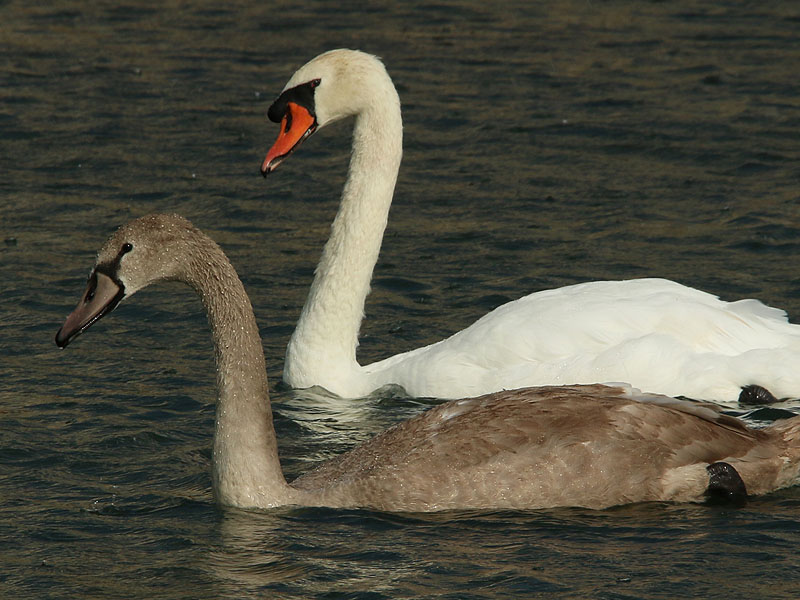
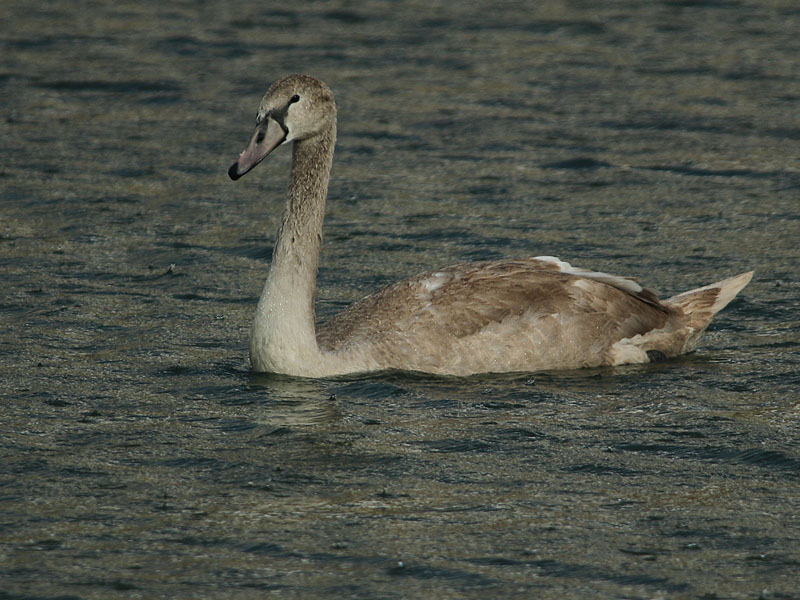

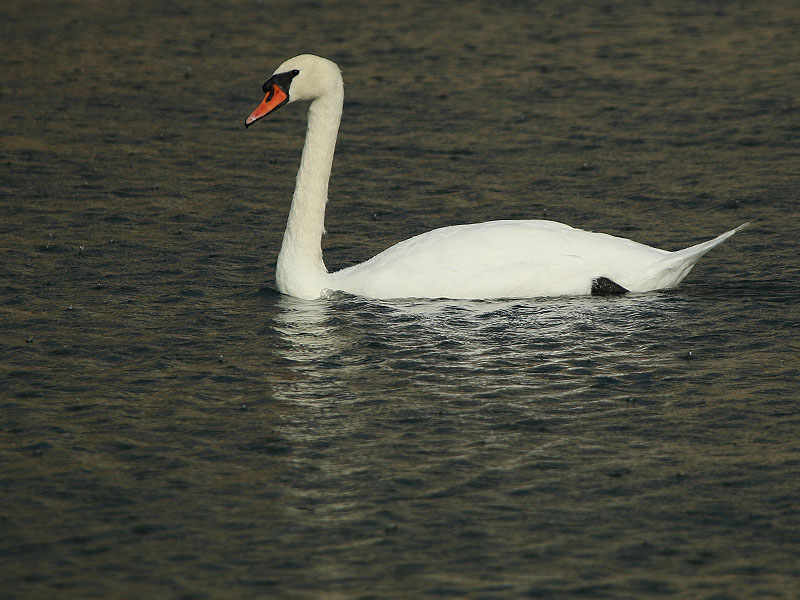
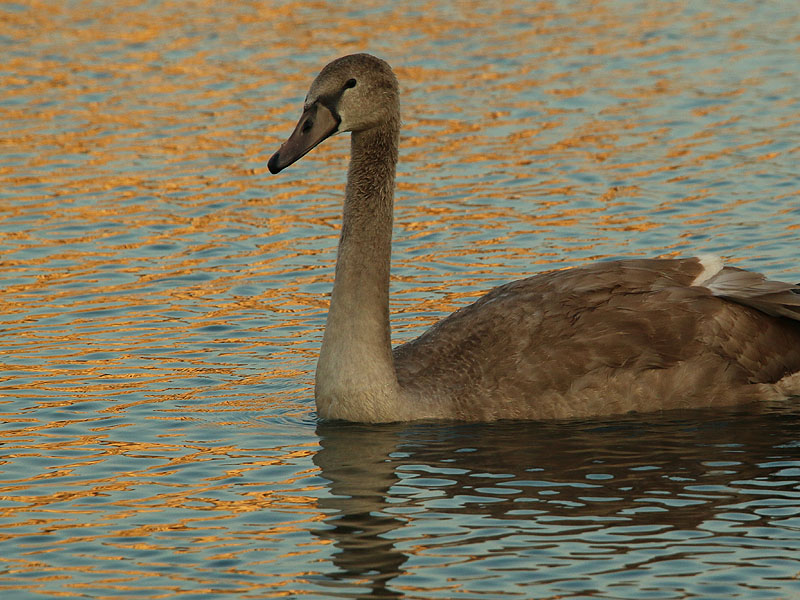
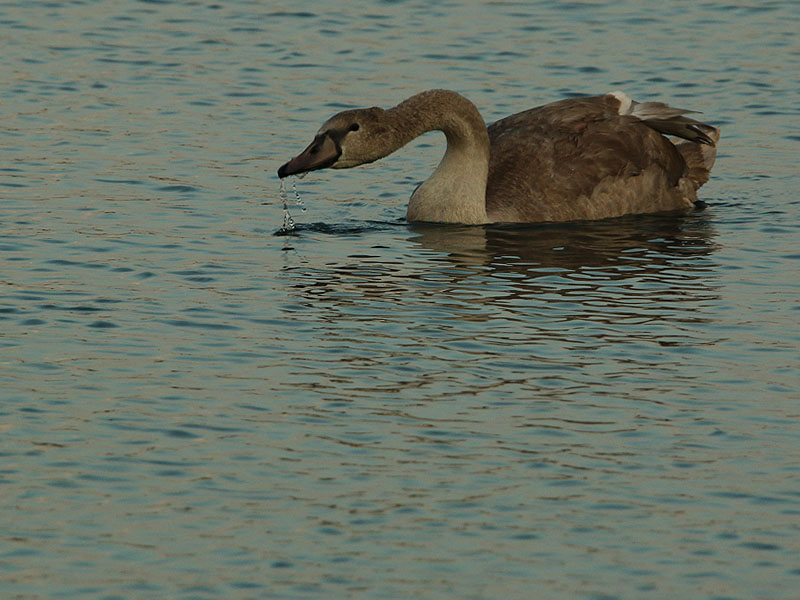
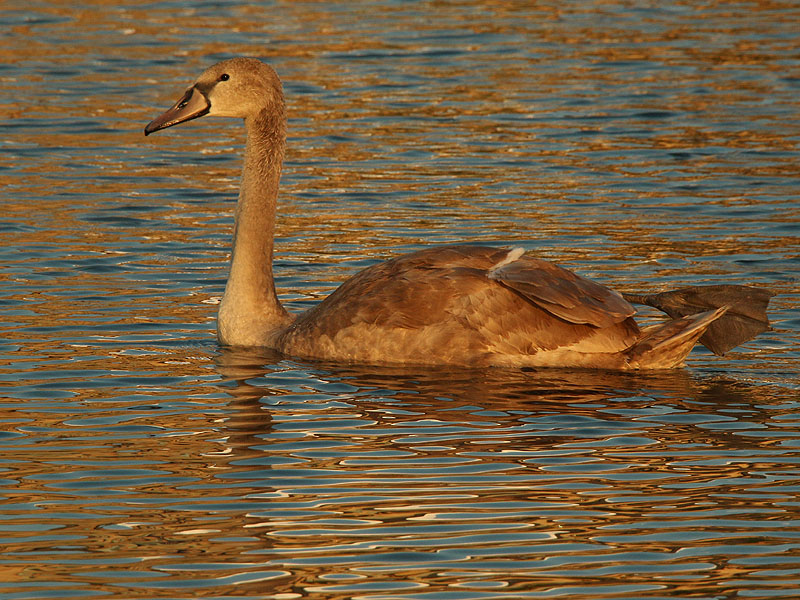
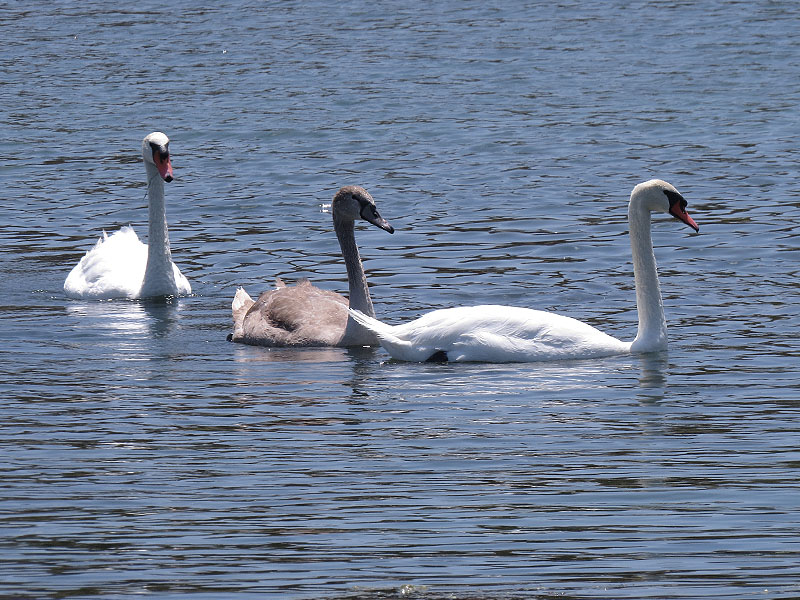
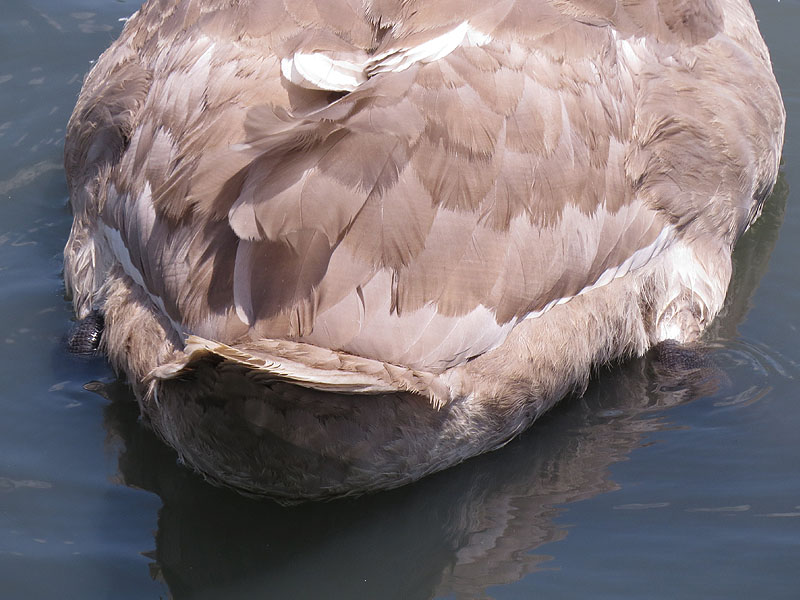
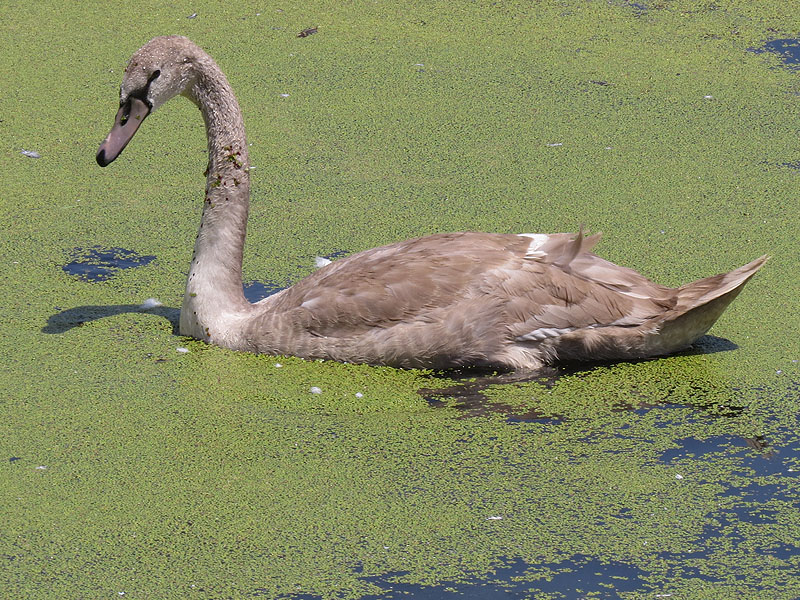
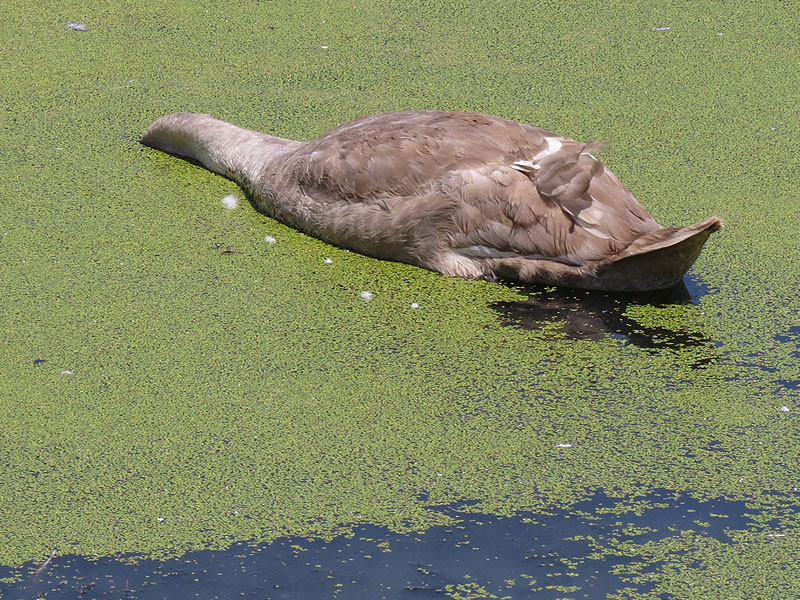
The duckweed held a few other surprises this week. Dozens of small green heads with big, bulbous eyes poked up from just under the water’s surfaces to have a look around. See the pictures below for the big reveal…
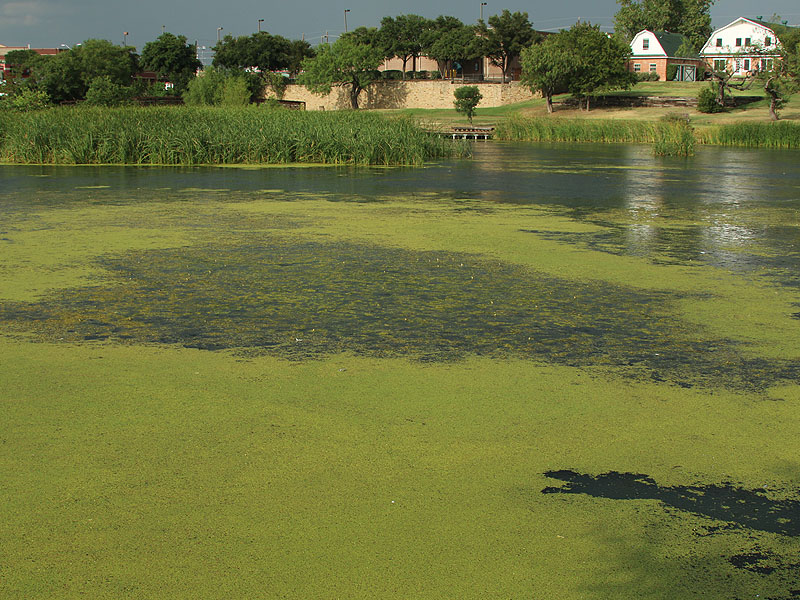
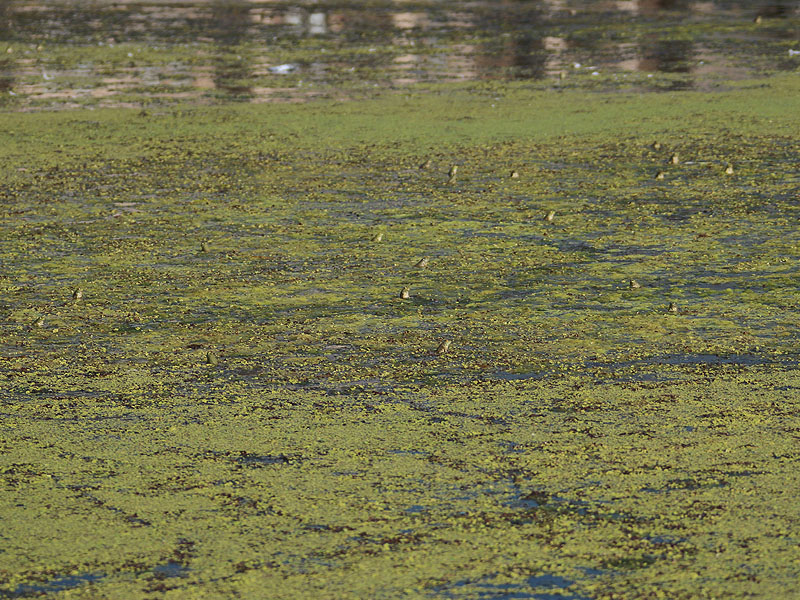


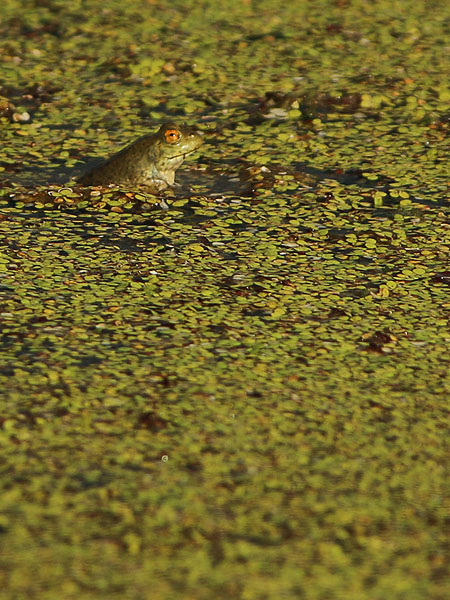

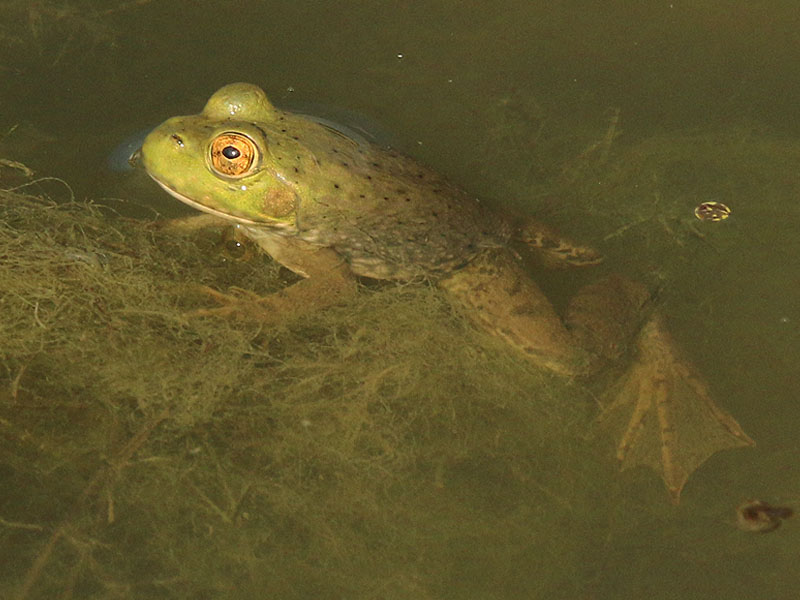
As is always the case, many other animals were active around the park on this afternoon. Eastern Cottontails have a preference for certain parts of the park. Most spend their time in the marshy end of the lake where they can hide in the tall reeds when they are not feeding on the manicured grass near the trail. There have been a lot of juvenile cottontails observed here over the course of the summer—most are nearly grown now.
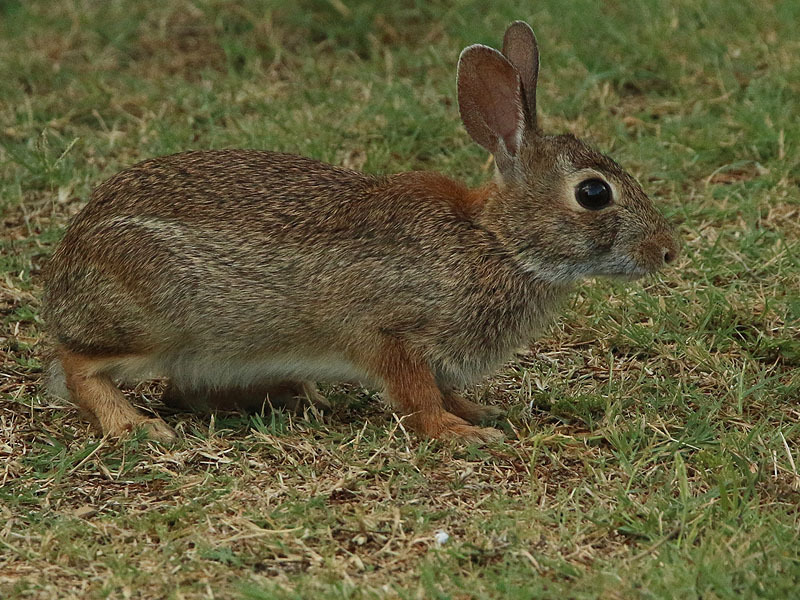
The mesquite trees up on the hill near the old Josey Ranch building are home to many Fox Squirrels. A couple of them entertained us briefly with their antics as we walked by.
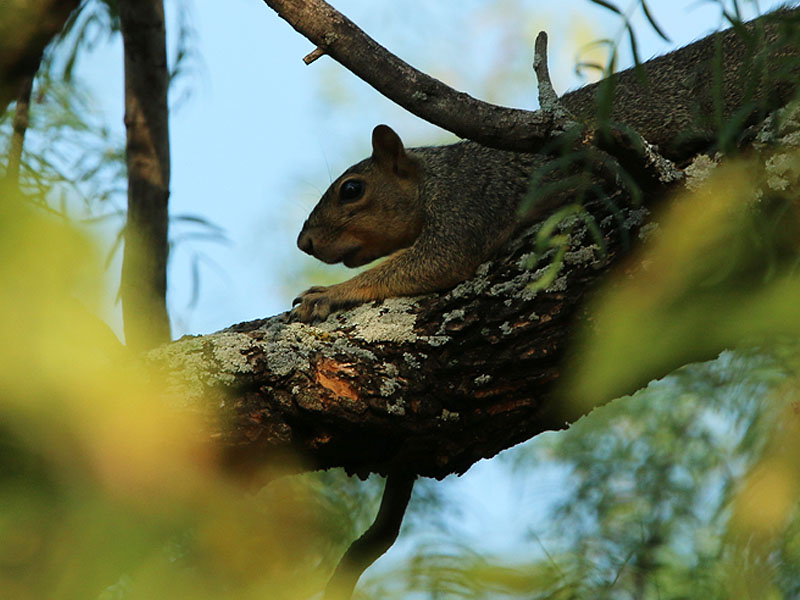
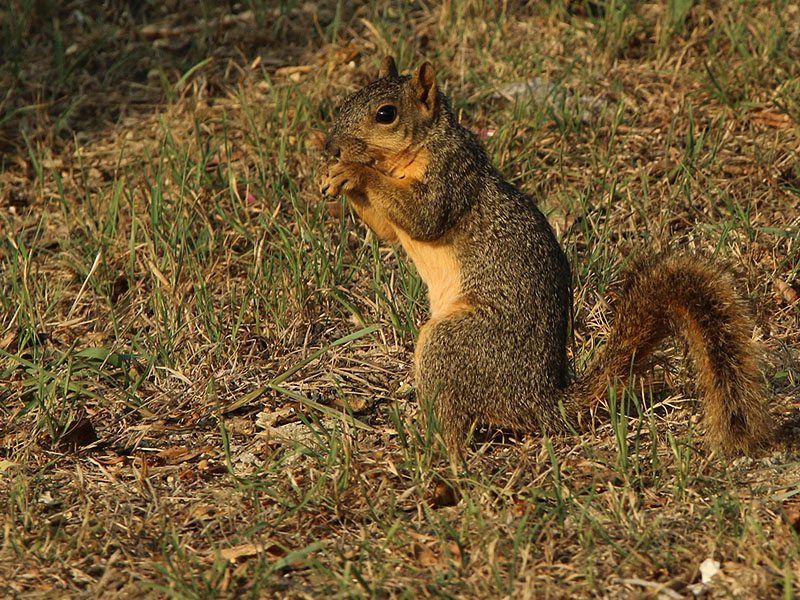
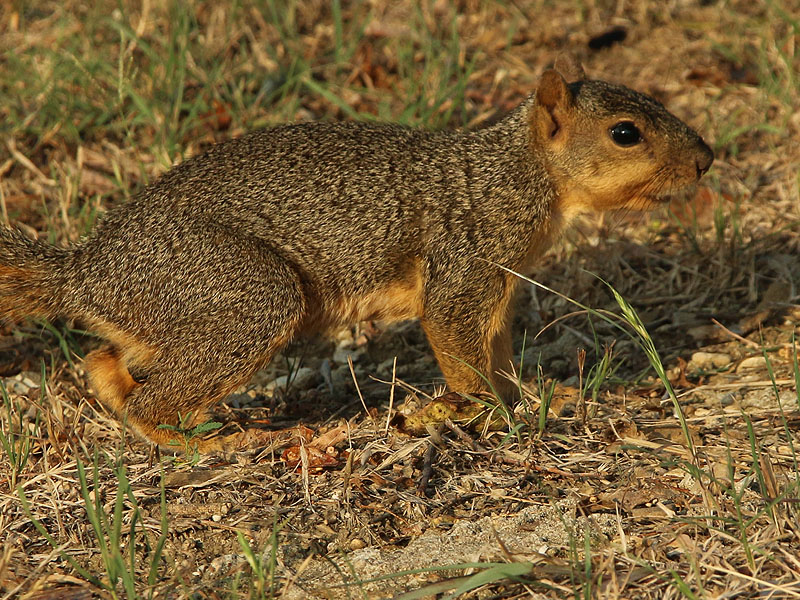
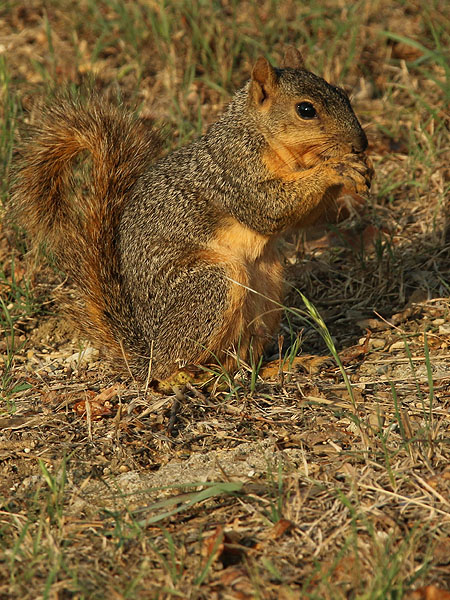
Great Egrets are stately and elegant birds. This one was busy fishing in the shallow waters near the center of the lake, just adjacent to the marshy reed beds.
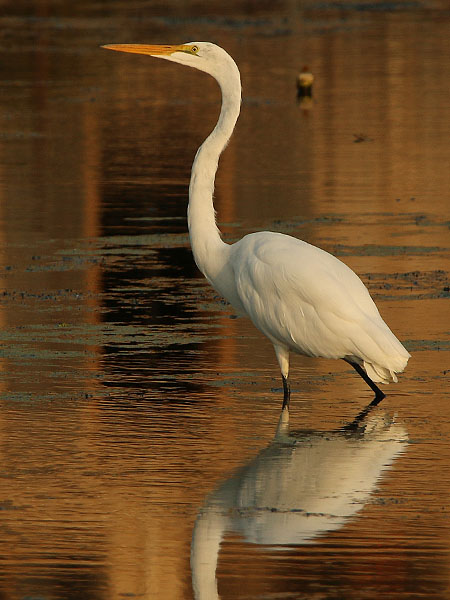
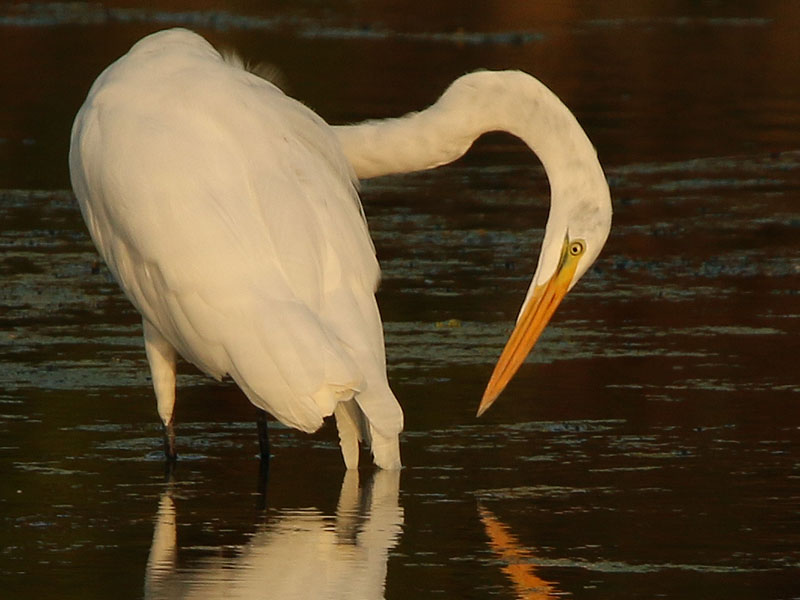
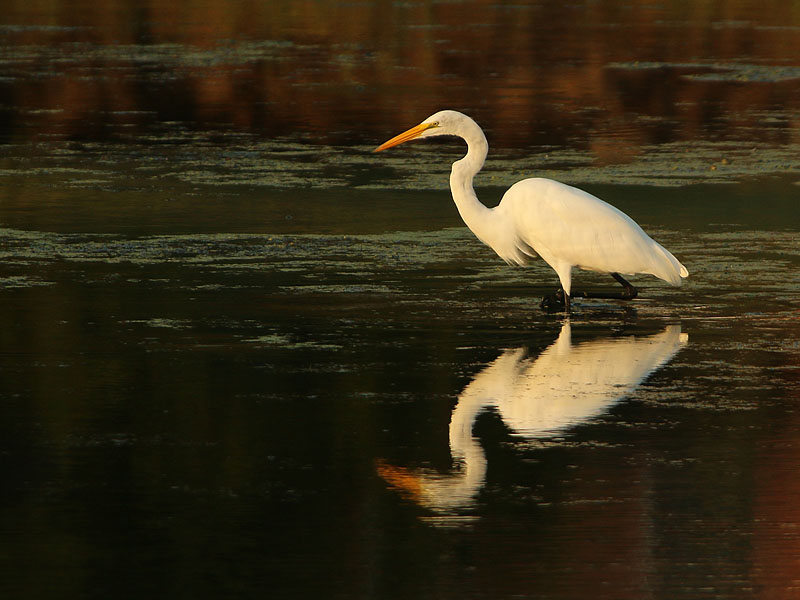
To the south of the main lake is a small secluded pond ringed by willow trees. Here a Green Heron was observed hunting along the banks while an adult American Bullfrog kept and eye on him from the safety of the duckweed choked water. Meanwhile, a pair of Mute Swans fed on the ubiquitous aquatic vegetation on the far side of the pond.
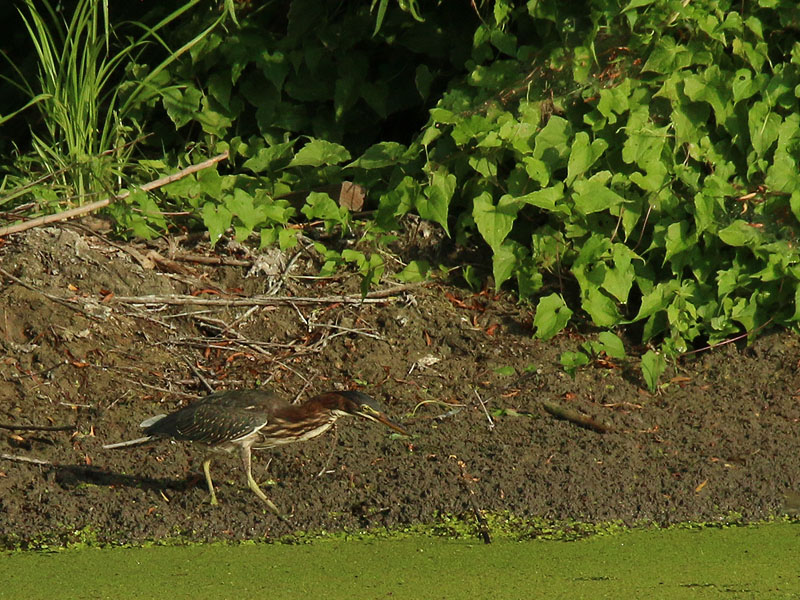
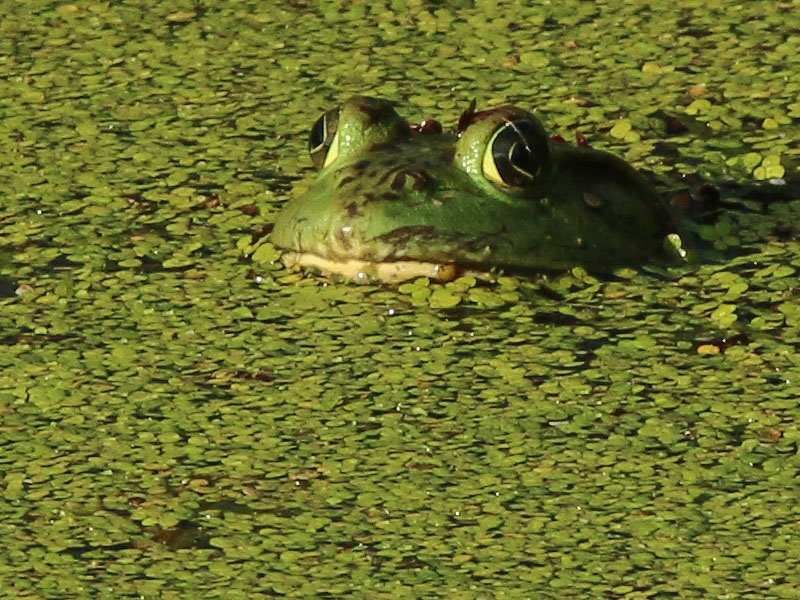

The willow trees surrounding the pond held three or four juvenile Yellow-crowned Night Heron. I have always found night herons to be particularly tolerant of observation and these were no exception. Later in the evening I came across an adult yellow-crown, which offered a nice opportunity to compare and contrast the plumage of the adult with that of the juveniles.
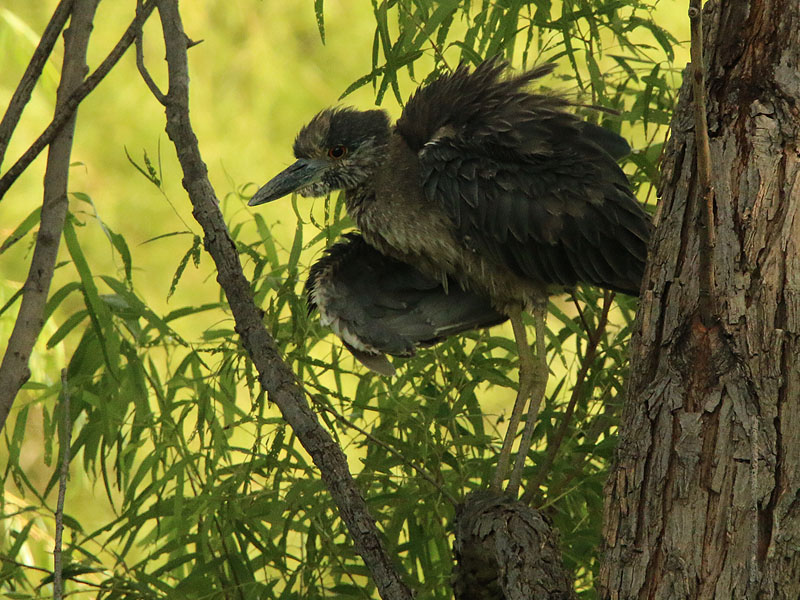
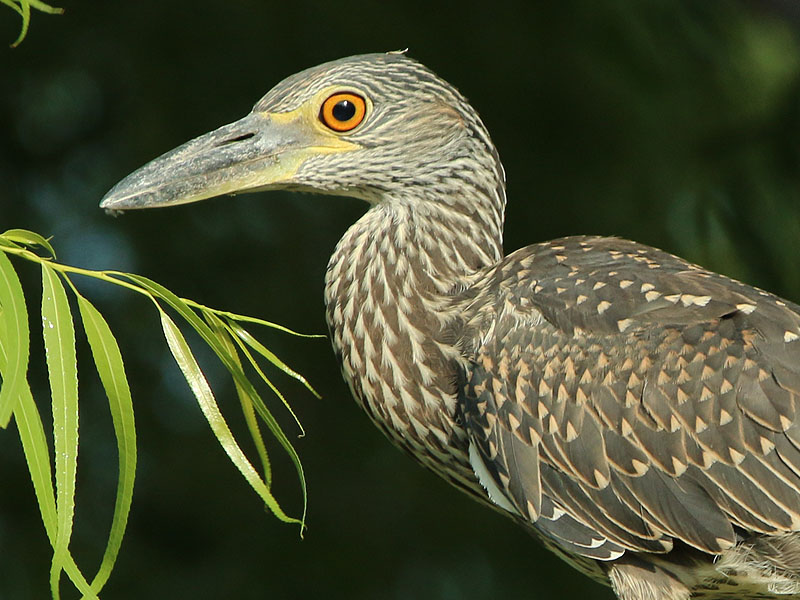
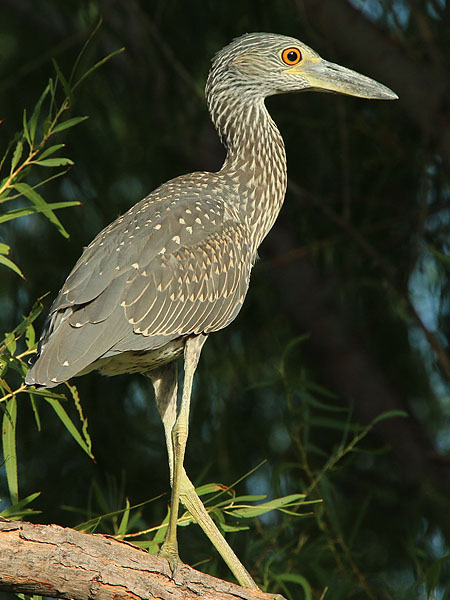
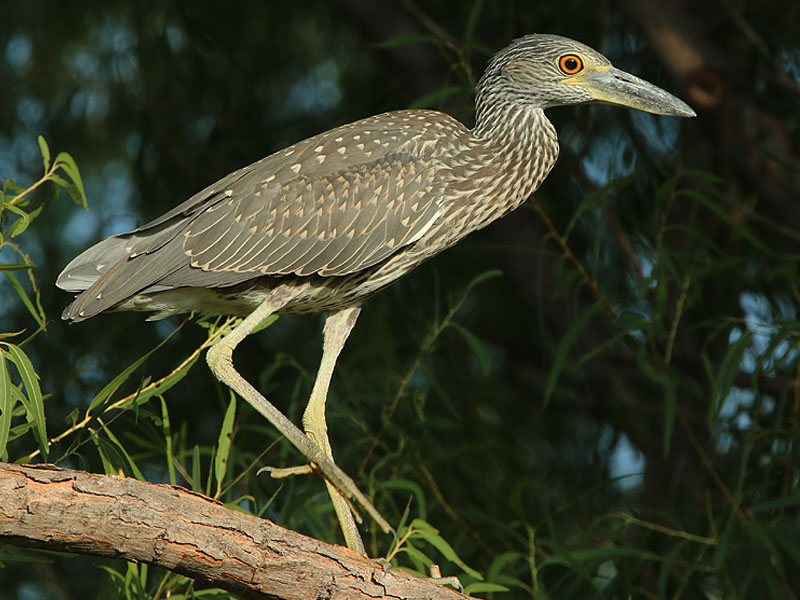
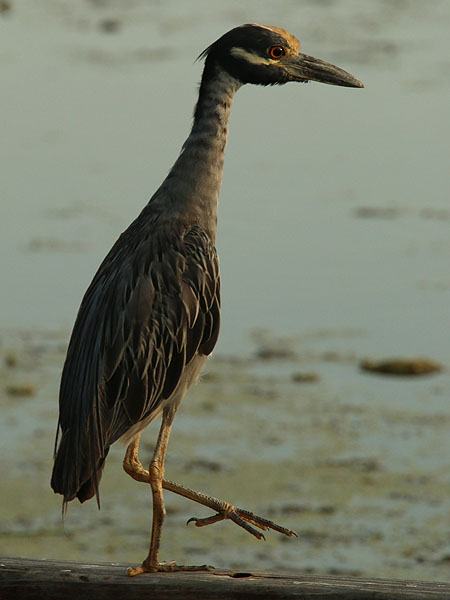
Mourning Doves are everywhere in North Texas, but they are not always easy to see. This one was sunning in the short grass next to the trail. His camouflage was so effective that we very nearly did not notice him.

Back at the main lake the Nutria were very active on this afternoon. Apparently there is love in the air as several of these critters were engaged in courtship behaviors—just what we need, more Nutrias!

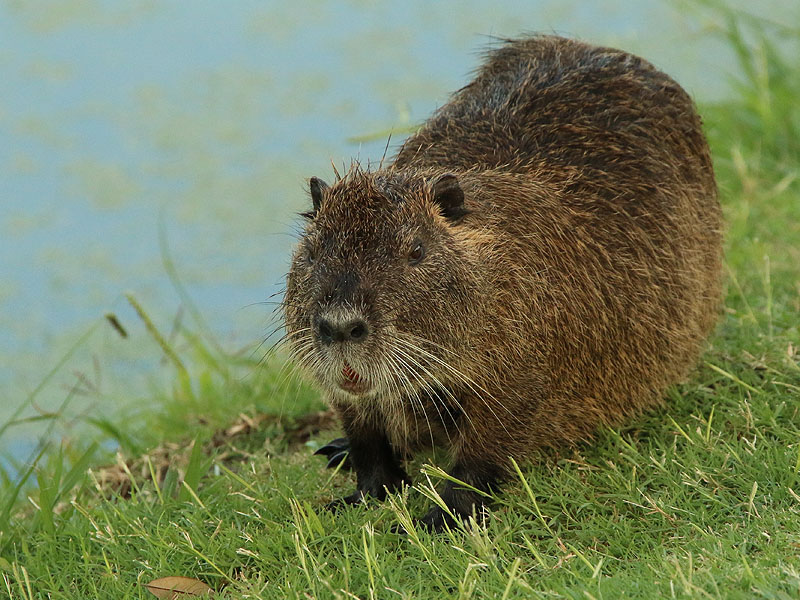


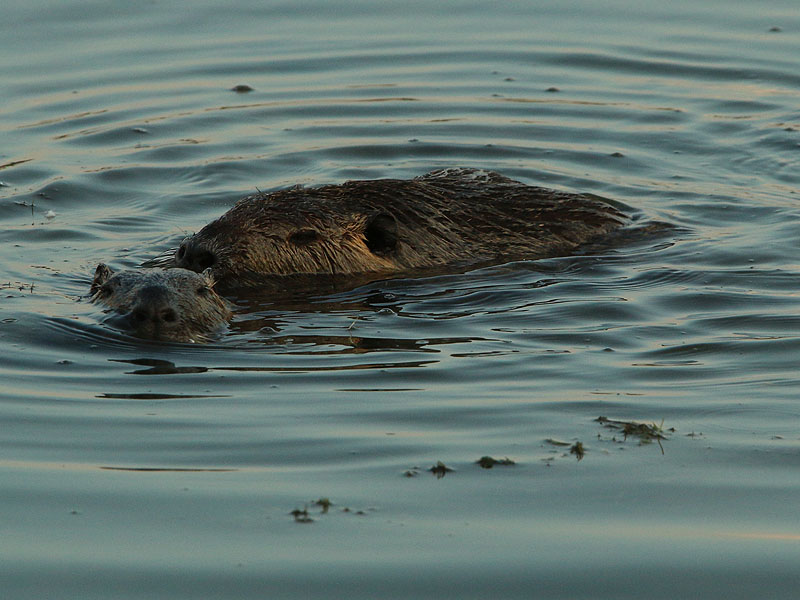

Just down the way, a quintet of very young baby Mallards passed our way near the grassy banks. Surely this will be the last brood of Mallards ducklings at this park this summer! Barely a week old, these young birds have already learned that people visiting the water’s edge likely means it is feeding time. The bold young Mallards will swim right up to you with their very concerned mother doing her best to keep up with them as they go.
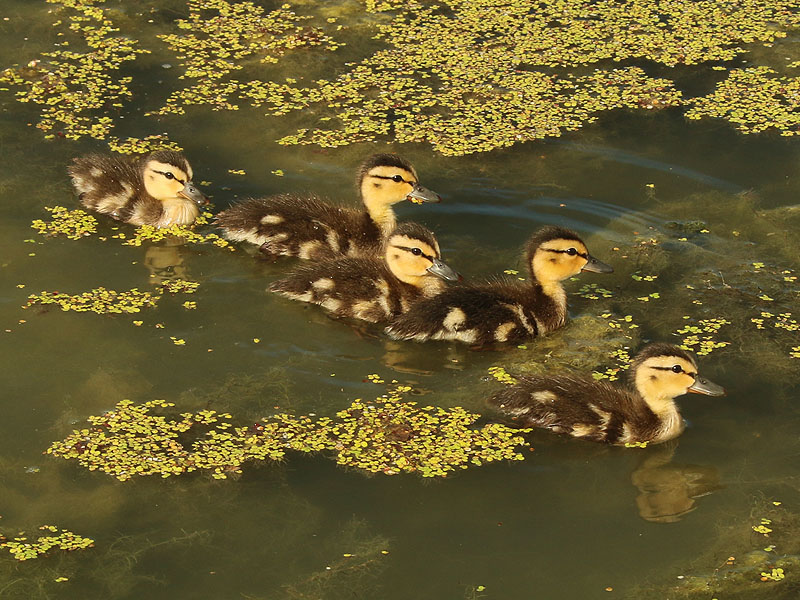
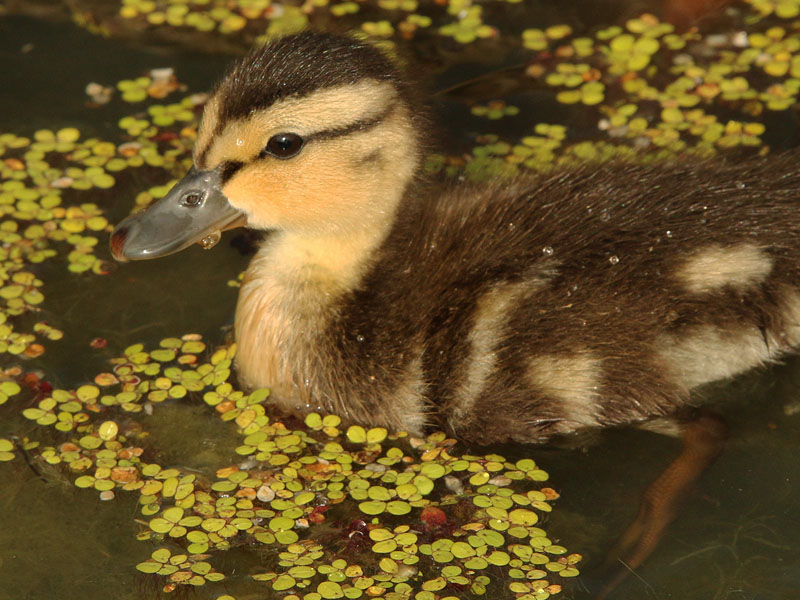
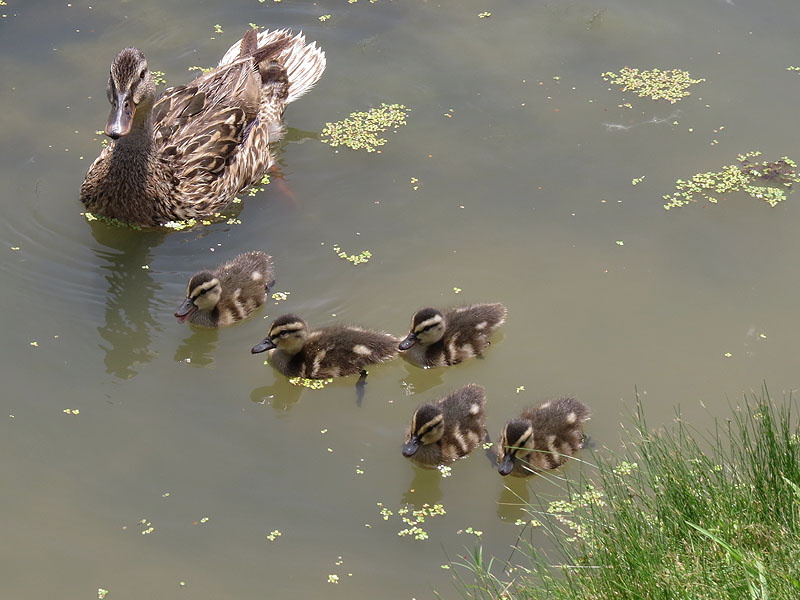
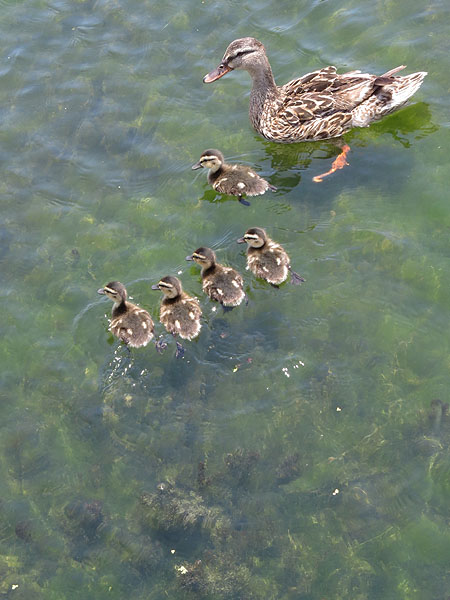
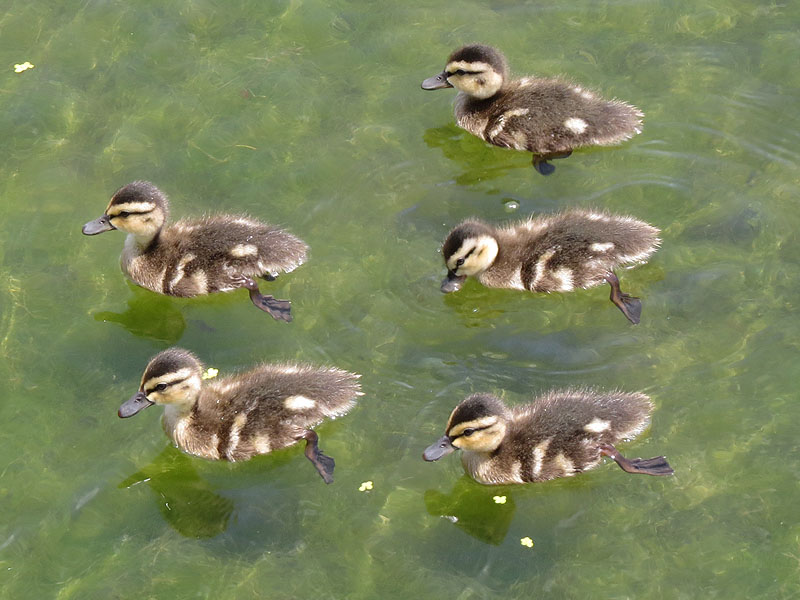
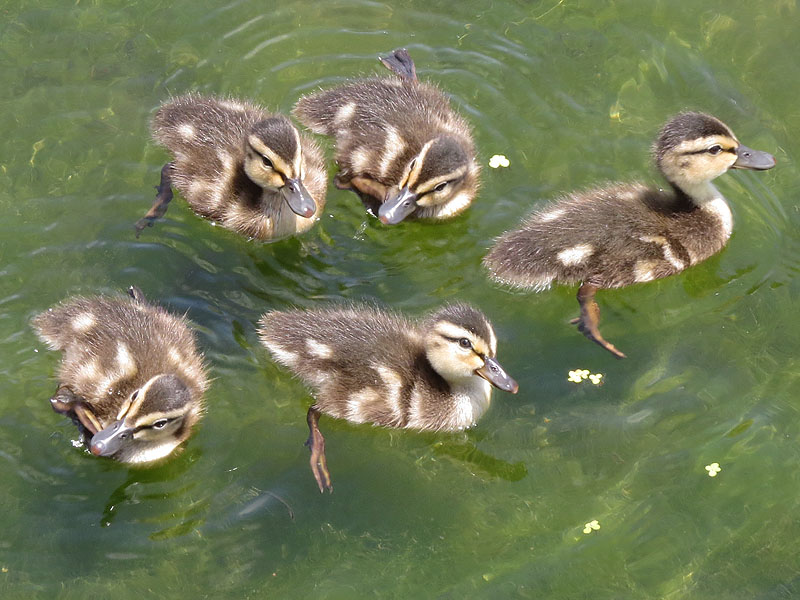
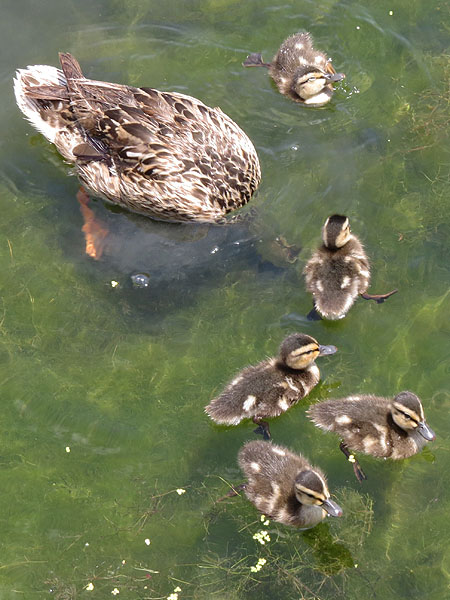
Later in the evening, one of the duckling discovered a glow-in-the-dark rubber fishing worm and then spent a good deal of time playing with it. The fun he was having did not go unnoticed by his siblings and there was much jealousy. The other young Mallards chased this lucky duck relentlessly, but they never did succeed in grabbing his prized possession.
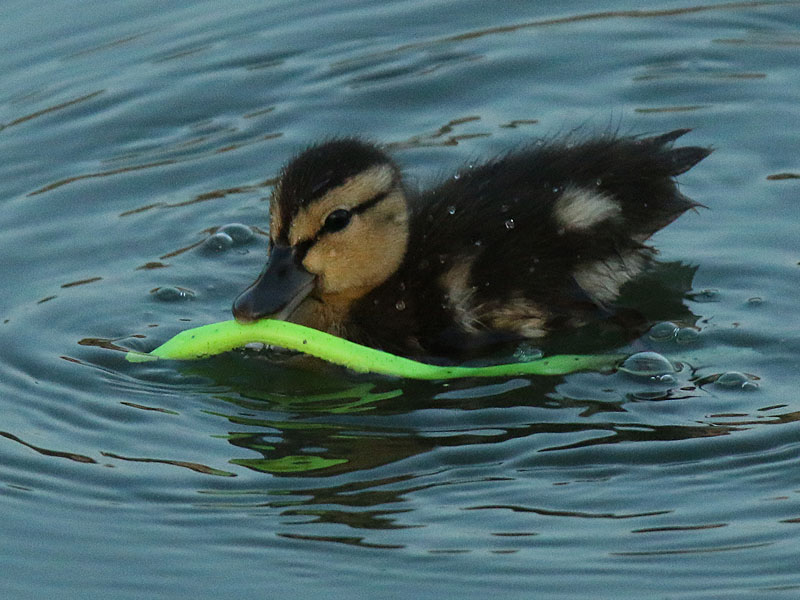
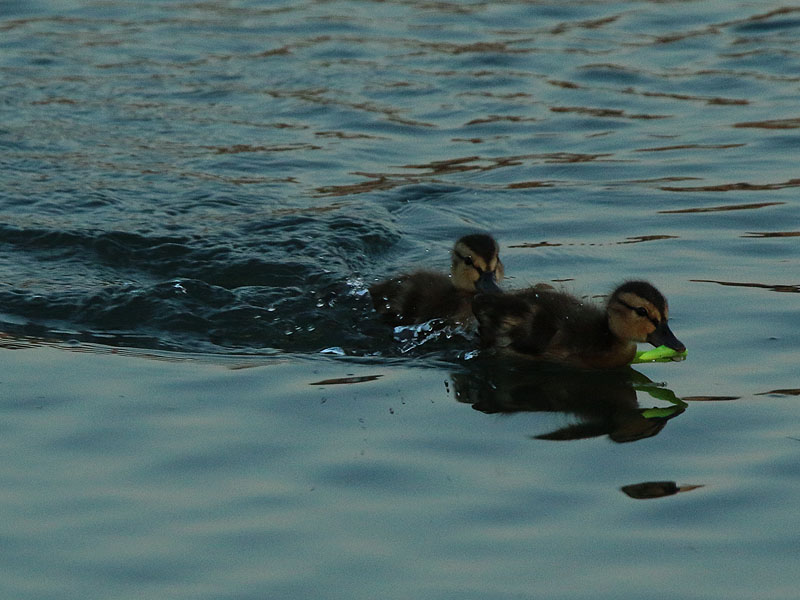
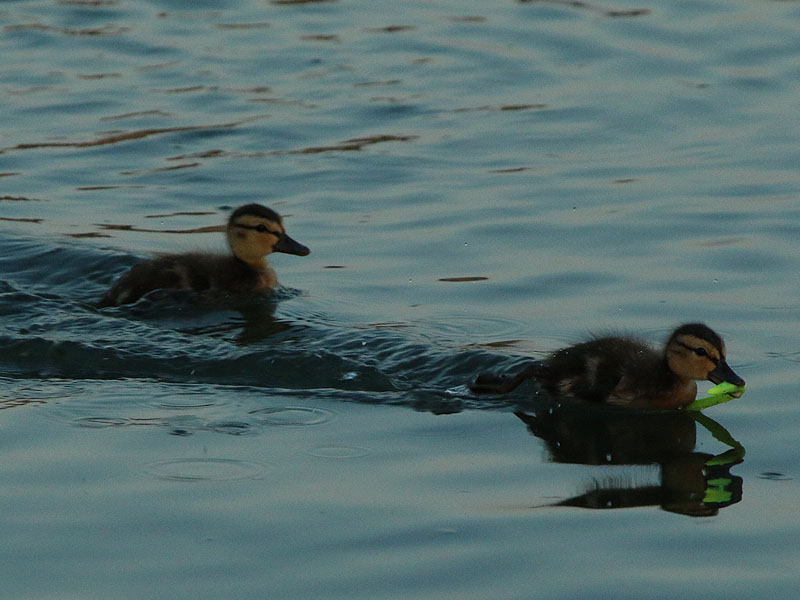
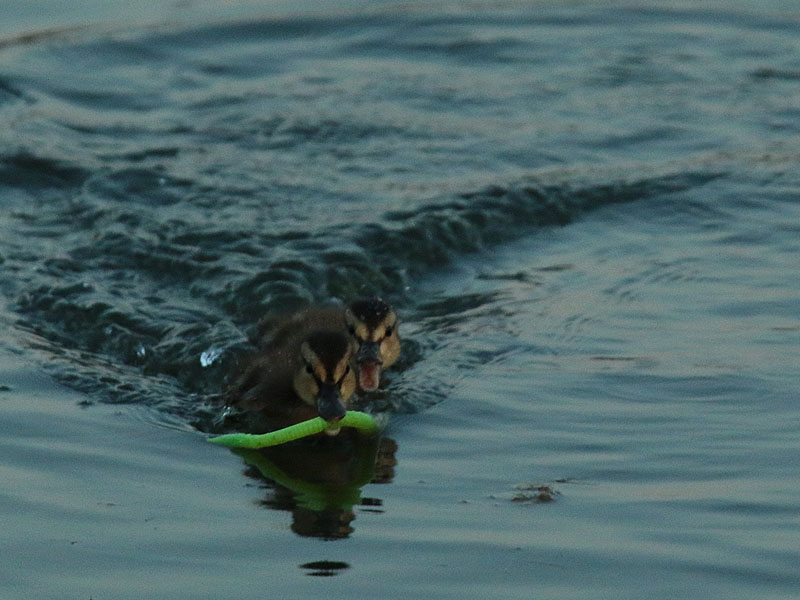
As the sun began to set, aquatic reptiles began to make their appearance. In the picture below you will find a Spiny Softshell Turtle. Only its eyes and snout are visible above the water’s surface. Hidden from view is a shell that in similar in size and shape to a typical dinner plate.

A Diamondback Water Snake was the next reptile top arrive on the scene. We observed this individual as he swam across the lake starting on the side opposite of us. He worked his way past our position and then disappeared from view somewhere along the grassy bank.
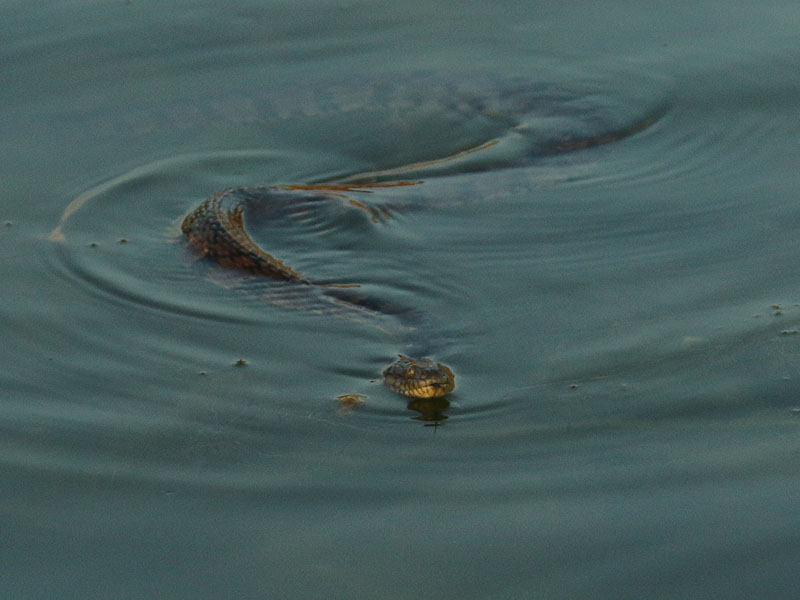

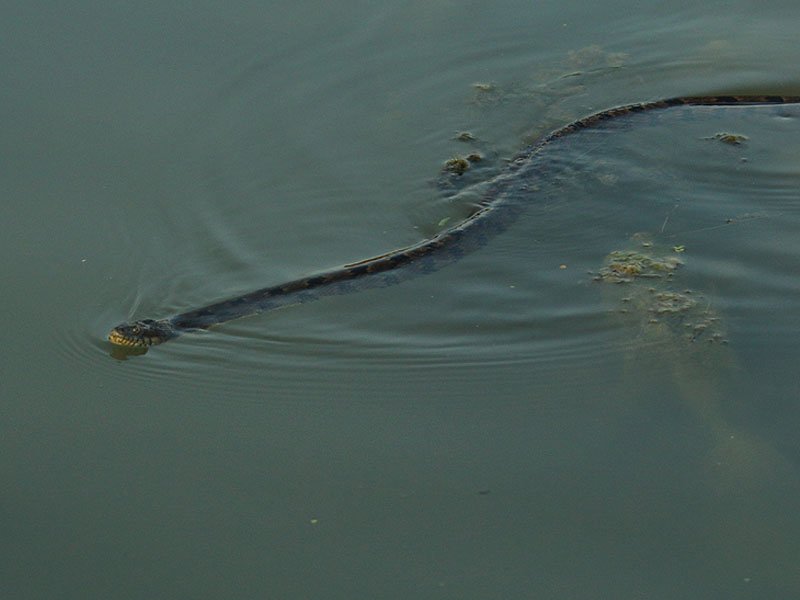

A Little Blue Heron sighting closed out a busy and productive visit. This handsome bird was looking for his dinner from high atop his driftwood perch.
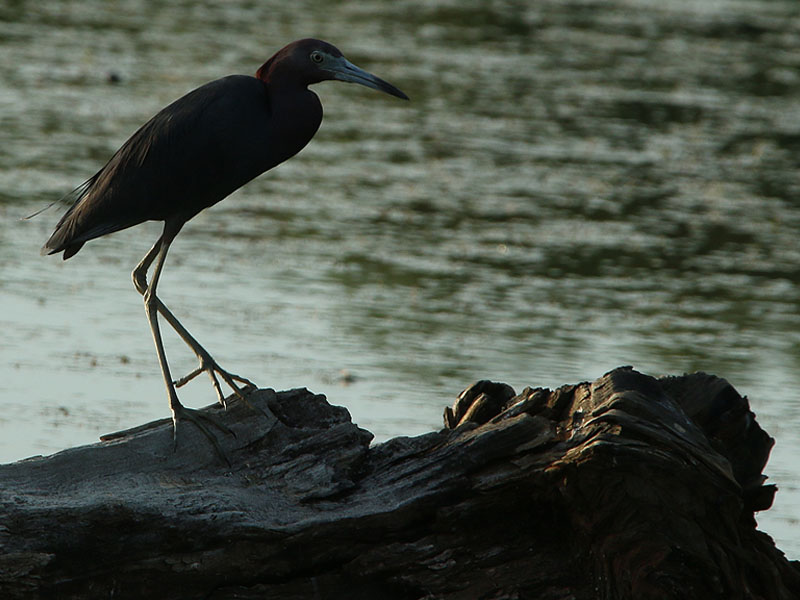
NOTE: This post is part of a continuing series of observations: [ First | << Prev | Next >> ]




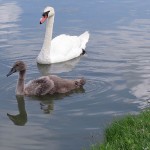
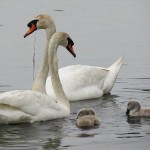
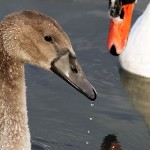
Great update! I love the little duckling holding on to his prize 🙂
Great photos! What a wide array of wildlife.